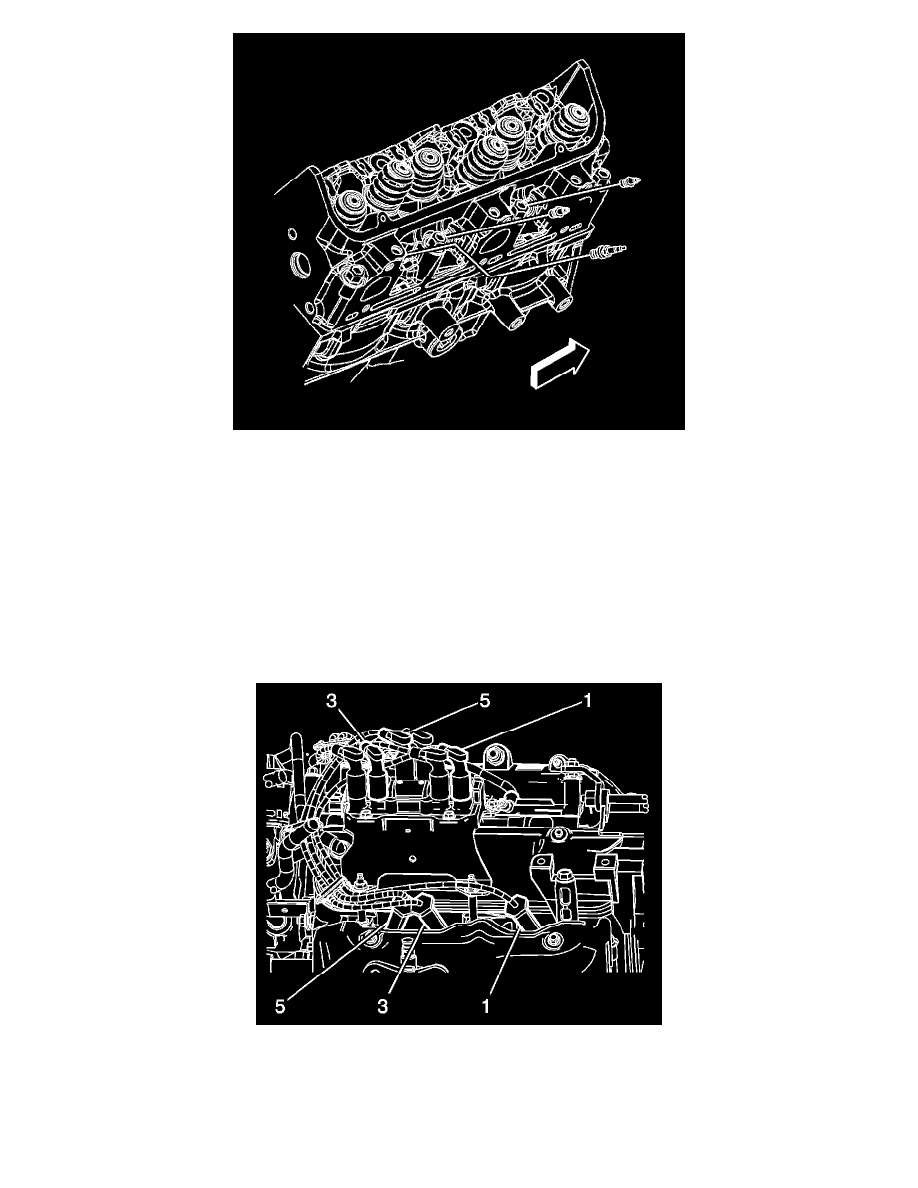Rendezvous V6-3.5L (2007)

Notice: It is important to check the gap of all new and reconditioned spark plugs before installation. Pre-set gaps may have changed during
handling. Use a round wire feeler gauge to be sure of an accurate check, particularly on used plugs. Installing plugs with the wrong gap can cause
poor engine performance and may even damage the engine.
1. Gap the spark plugs to specifications. Refer to Ignition System Specifications.
Notice: Be sure plug threads smoothly into cylinder head and is fully seated. Use a thread chaser if necessary to clean threads in cylinder head.
Cross-threading or failing to fully seat spark plug can cause overheating of plug, exhaust blow-by, or thread damage. Follow the recommended
torque specifications carefully. Over or under-tightening can also cause severe damage to engine or spark plug.
2. Install the spark plug(s) to the cylinder head.
Tighten the plugs to 15 N.m (11 lb ft).
3. Install the spark plug wire(s) (1, 3, and 5) to the right side spark plug(s).
4. Release the tension on the J 41131.
5. Remove the J 41131.
6. Install the engine mount struts.
